Interview by Jana Hoops. Special to the Clarion-Ledger Sunday print edition (July 7)
Images in Mississippi Medicine: A Photographic History of Medicine in Mississippi by Dr. Luke Lampton and colleague Karen Evers, presents an unprecedented chronicle of the practice of medicine here from pre-statehood days to the technologies of today.
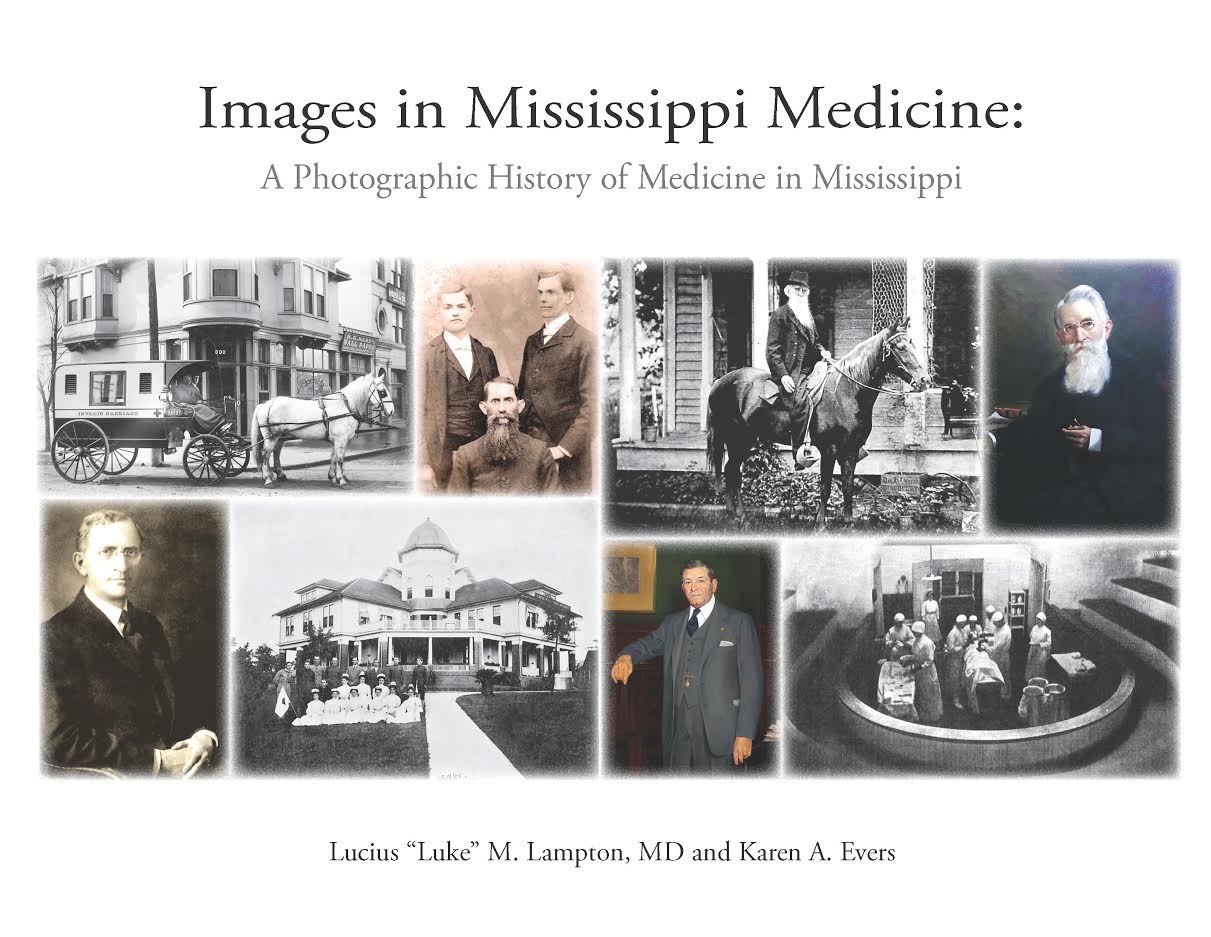 Along with Lampton’s historical narratives that cover everything from the state’s hospitals to the early physicians, the treatment of mental illness, the advancement of public medicine, the beginnings of medical education and more, the book is illustrated with many rare and significant photos.
Along with Lampton’s historical narratives that cover everything from the state’s hospitals to the early physicians, the treatment of mental illness, the advancement of public medicine, the beginnings of medical education and more, the book is illustrated with many rare and significant photos.
The volume is published by the Mississippi State Medical Association (MSMA) under the auspices of the Commemorative Committee for the 150th Anniversary meeting of the MSMA House of Delegates.
Lampton has served for 25 years as a family physician at Magnolia Clinic in Magnolia, where he resides. He was born and grew up in Jackson, and he currently publishes Hinds County’s oldest newspaper, the Hinds County Gazette in Raymond.
A fifth-generation Mississippi physician, Lampton is Editor in Chief of the Journal of the Mississippi State Medical Association (MSMA).
Karen Evers has filled the role of managing editor of that Journal the past 24 years. The daughter of a physician and a nurse, she lives in Jackson. Her professional background before her appointment at the Journal was in advertising in New York City.
The book earned a gold award from the Columbia Books Association Trends contest, which is a top national prize for the best of professional association publications.
The reception for Images in Mississippi Medicine has been so successful that a “volume 2” is already under consideration, its authors say.
Please tell me how this book came about . . . whose idea was it, and why was it 20 years in the making?

Dr. Luke Lampton
Lampton: The origin of the book is the origin of a column in the state medical journal. After the two of us came together as editors in 1998, we contemplated feature columns which would interest our physician readers. One of these columns was Images in Mississippi Medicine, which presents a historical photograph or graphic image with accompanying narrative. We would occasionally discuss gathering them together as a book in the distant future. In 2017, as the state medical association prepared for the 150th meeting of its House of Delegates, Dr. Michael Trotter, chairman of the Commemorative Committee, asked us to create a historical book from these monthly columns, which dated back to 2002. We added many other rarely seen images and settled on 300 in our attempt to tell more fully the story of Mississippi medicine.
Dr. Lampton, what was your primary role in the production of this book?
Lampton: As author and creator of the monthly historical column, I wrote all of the copy and collected the majority of the images over the years utilized in the book. I also wrote all of the essays, narratives, and cutlines used in the book; thus, I was the primary author. That said, I did want to acknowledge Karen’s significant editorial assistance and vision with the book, and I requested her inclusion as joint author with me.
Ms. Evers, what was your primary role in the production of this book?

Karen Evers
Evers: As managing editor of the Journal during the life of the column and the creation of the book, I assisted Dr. Lampton in research, copy editing, and coordinating publishing and printing. I also helped him locate [the] many of the images [that] did not come from his extensive personal collection of photographs. It was fun! Discovering the story behind the images and how the pieces of history were relative was amazing. The Mississippi Department of Archives and History and the University of Mississippi Medical Center Department of Archives (Misti Thornton) were invaluable resources, as was The Mississippiana collection at Mississippi State University’s Mitchell Library (Fred Smith). We also worked closely with Adrienne Dison in the artistic production of the book.
Can you name a few of the standout doctors and/or medical accomplishments that have taken place in Mississippi over the years?
Lampton: There are many, and perhaps the major accomplishment of this book is to shine the light on many neglected heroes in our state’s historical parade. Certainly, Dr. William Lattimore (1774-1843) deserves more prominent remembrance by both citizens and physicians for not only his public health accomplishments, but also his selfless political leadership. He, with the help of his brother and other Natchez physicians, created the state’s first hospital, its first board of health, its first use of vaccination and quarantine, and the first board of medical censors. These are remarkable and progressive public health accomplishments. Lattimore also served as Mississippi’s first Territorial Congressman and in that capacity determined the dividing line between Alabama and Mississippi and located the current site of Jackson. He is remembered for making morally justified decisions but not politically opportune decisions, which cost him the governorship.
In the more modern period, Dr. Joseph Goldberger’s brave and groundbreaking work eliminating pellagra in Mississippi in the early 20th century had global implications. Few realize that this Orthodox Jew who was an immigrant to New York married the niece of Jefferson Davis, who was his right hand in all of his brilliant public health work. Goldberger’s Mississippi connections through her proved critical in the success of his work.
Also featured in the book is the work of public health legend Dr. Felix Underwood, who revolutionized public health in Mississippi and was called “the man who saved a million lives.” Other public health leaders are featured, including Dr. Waller Leathers, Dr. Ed Thompson, Dr. Mary Currier, and Dr. Alton Cobb. Cobb may have made the most important contributions to public health and medicine of any Mississippian over the last 50 years. The modern public health system in Mississippi can be credited to his work and vision, and he set standards of excellence at the Department of Health and a focus on science which endure today. Thank Alton Cobb for Mississippi not having a measles outbreak recently, because he was the one who helped fashion our strict vaccination laws well before other states realized their importance.
As well, the University of Mississippi Medical Center plays a central role in the history of medicine in the state. Its purpose is explored beginning with the earliest development of a two-year school in Oxford up to the bold move to Jackson in the 1950s. The legendary early professors, Drs. Guyton, Pankratz, Snavely, Hardy, Batson, and others are mentioned. Early attempts at medical education are also discussed, most notably the first four-year medical college, the Mississippi Medical College, which operated in Meridian from 1906-1913.
The role of mental health, especially the long history of the state’s mental health institutions, is discussed in detail, with fascinating images of the Mississippi State Lunatic Asylum–as it evolved into the Mississippi State Hospital–in both Jackson and Whitfield and the East Mississippi Insane Hospital in Meridian. Also, the development and growth of community hospitals and sanatoriums are explored around the state, from 1805 to the Civil War to the later King’s Daughters movement to the later Hill-Burton period.
And there is more.
Why is this book important to Mississippi, and who should read it?
Lampton: The book reveals that medicine played a vital role in the broader history of our state. Education, politics, race, poverty, and public health come forth on every page. There exists no comprehensive history of medicine in the state.
This book provides the framework for the state’s medical history, and we hope it encourages more writing and research on many of the topics highlighted. The book is important not only for historians and physicians but also for students and lay readers.
Signed copies of Images in Mississippi Medicine are available at Lemuria’s online store.


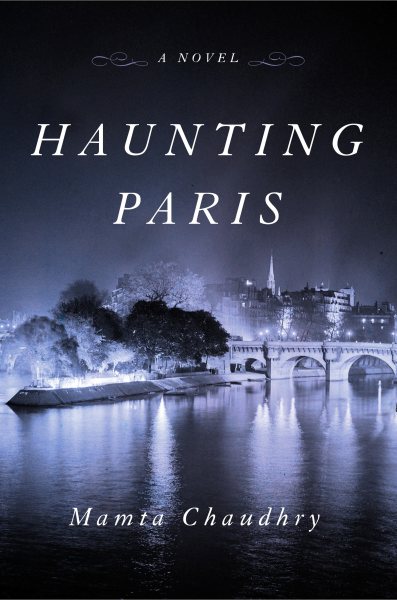 Mamta Chaudhry’s busy career has taken her from TV and radio stints to published fiction, poetry and feature writing, and with the release of her debut book,
Mamta Chaudhry’s busy career has taken her from TV and radio stints to published fiction, poetry and feature writing, and with the release of her debut book, 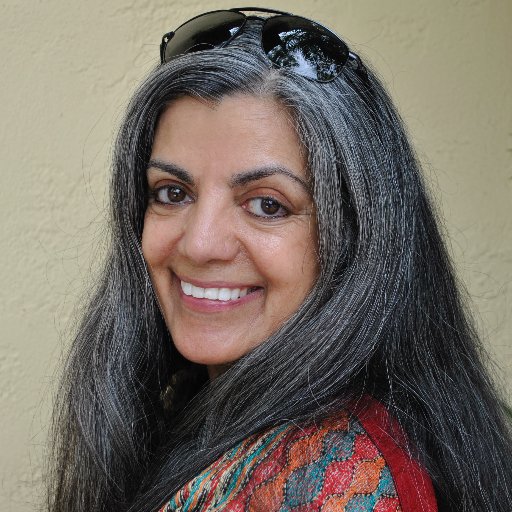
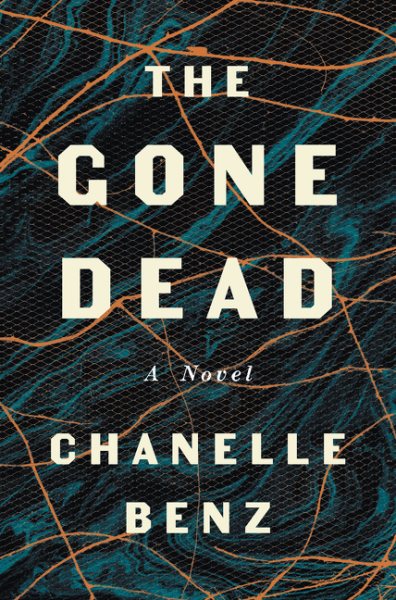 Born in London and growing up in points around the U.S., Chanelle Benz wound up discovering the Mississippi Delta–which would become the setting for her new novel
Born in London and growing up in points around the U.S., Chanelle Benz wound up discovering the Mississippi Delta–which would become the setting for her new novel 
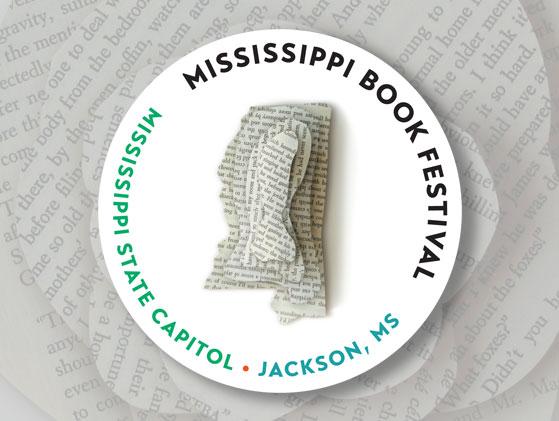
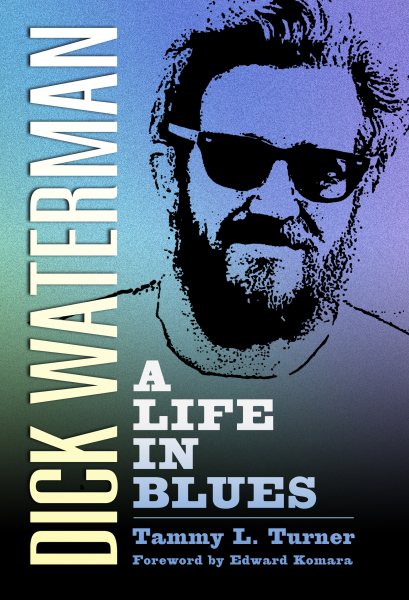 A member of the Blues Hall of Fame, Waterman managed, booked, and/or photographed essentially the entire Delta Blues revival as well as the electric blues apex of the 60s. Who else could write B.B. King’s biography, introduce unreleased Robert Johnson tracks to Eric Clapton, or receive an apology from Bill Graham? Guided by his level head and committed heart, Dick made many allies and musical history.
A member of the Blues Hall of Fame, Waterman managed, booked, and/or photographed essentially the entire Delta Blues revival as well as the electric blues apex of the 60s. Who else could write B.B. King’s biography, introduce unreleased Robert Johnson tracks to Eric Clapton, or receive an apology from Bill Graham? Guided by his level head and committed heart, Dick made many allies and musical history.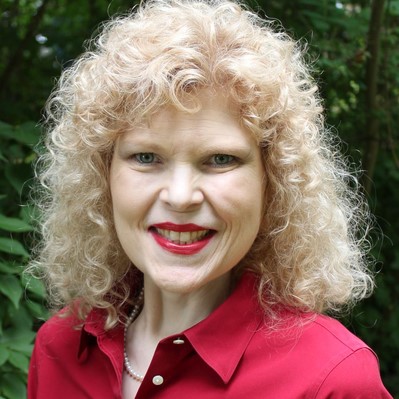
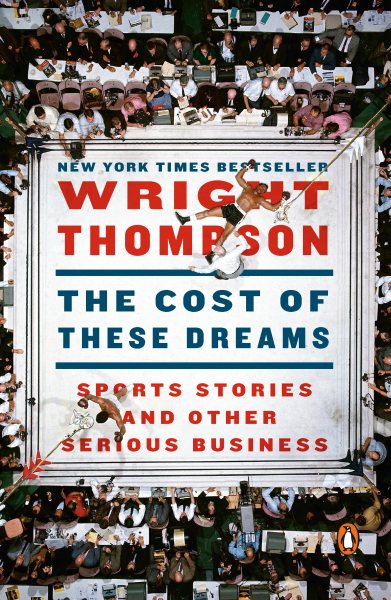 But Thompson doesn’t just “cover sports.” His is more a literary style that frames the athletes he writes about in a light most have never seen cast on these figures: the struggles, the hopes, the disappointments, and oftentimes the personal failures of men and women who know firsthand the high cost required to make it to the top – and attempt to stay there. Included are the stories of Michael Jordan, Bear Bryant, Ted Williams, and others who know the pain and joy of success in sports at its highest levels. Thompson ends the book with a memoir of his late father and his personal longings to honor his dad’s memory.
But Thompson doesn’t just “cover sports.” His is more a literary style that frames the athletes he writes about in a light most have never seen cast on these figures: the struggles, the hopes, the disappointments, and oftentimes the personal failures of men and women who know firsthand the high cost required to make it to the top – and attempt to stay there. Included are the stories of Michael Jordan, Bear Bryant, Ted Williams, and others who know the pain and joy of success in sports at its highest levels. Thompson ends the book with a memoir of his late father and his personal longings to honor his dad’s memory.
 One summer in my twenties I worked as a deckhand on the Greenville, a towboat that plied the upper Mississippi River from Alton, Illinois to Davenport, Iowa. In that short span of time I came to understand the tremendous power of the river and the importance of its commerce. Melody Golding’s superb book,
One summer in my twenties I worked as a deckhand on the Greenville, a towboat that plied the upper Mississippi River from Alton, Illinois to Davenport, Iowa. In that short span of time I came to understand the tremendous power of the river and the importance of its commerce. Melody Golding’s superb book, 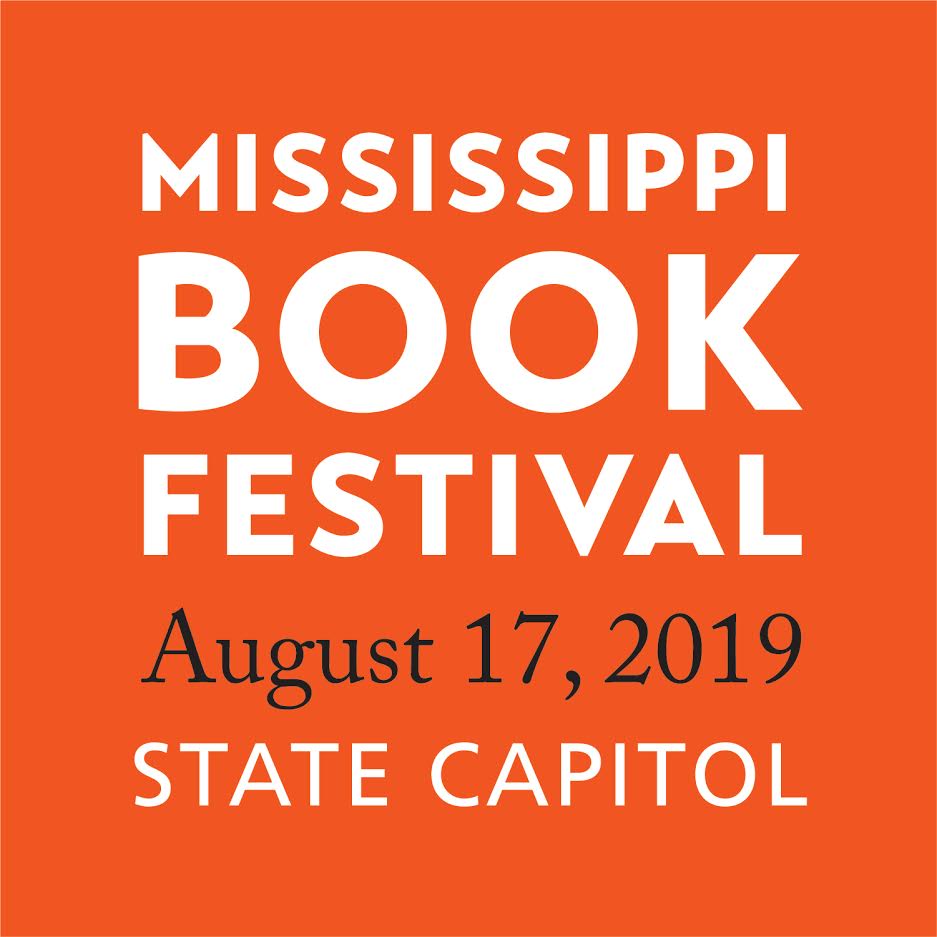
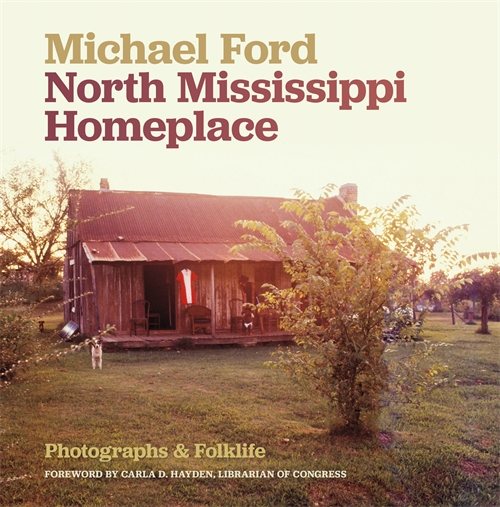 Now a filmmaker in Washington, D.C., Ford’s photo essays in his new book
Now a filmmaker in Washington, D.C., Ford’s photo essays in his new book 
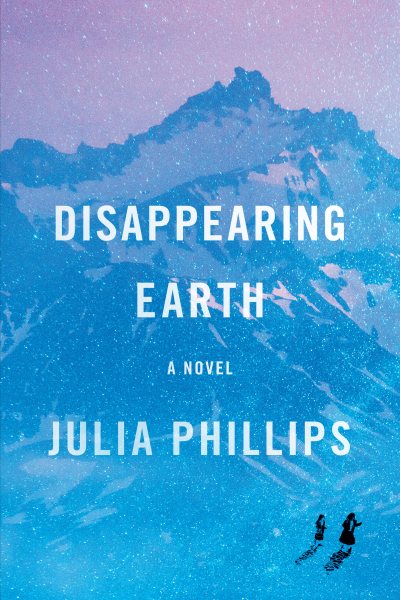 As a Brooklyn native who spent her college years studying the Russian language and who has long been fascinated with true stories of crime and violence–especially those within an ethnic or gender context–writer Julia Phillips presents
As a Brooklyn native who spent her college years studying the Russian language and who has long been fascinated with true stories of crime and violence–especially those within an ethnic or gender context–writer Julia Phillips presents 